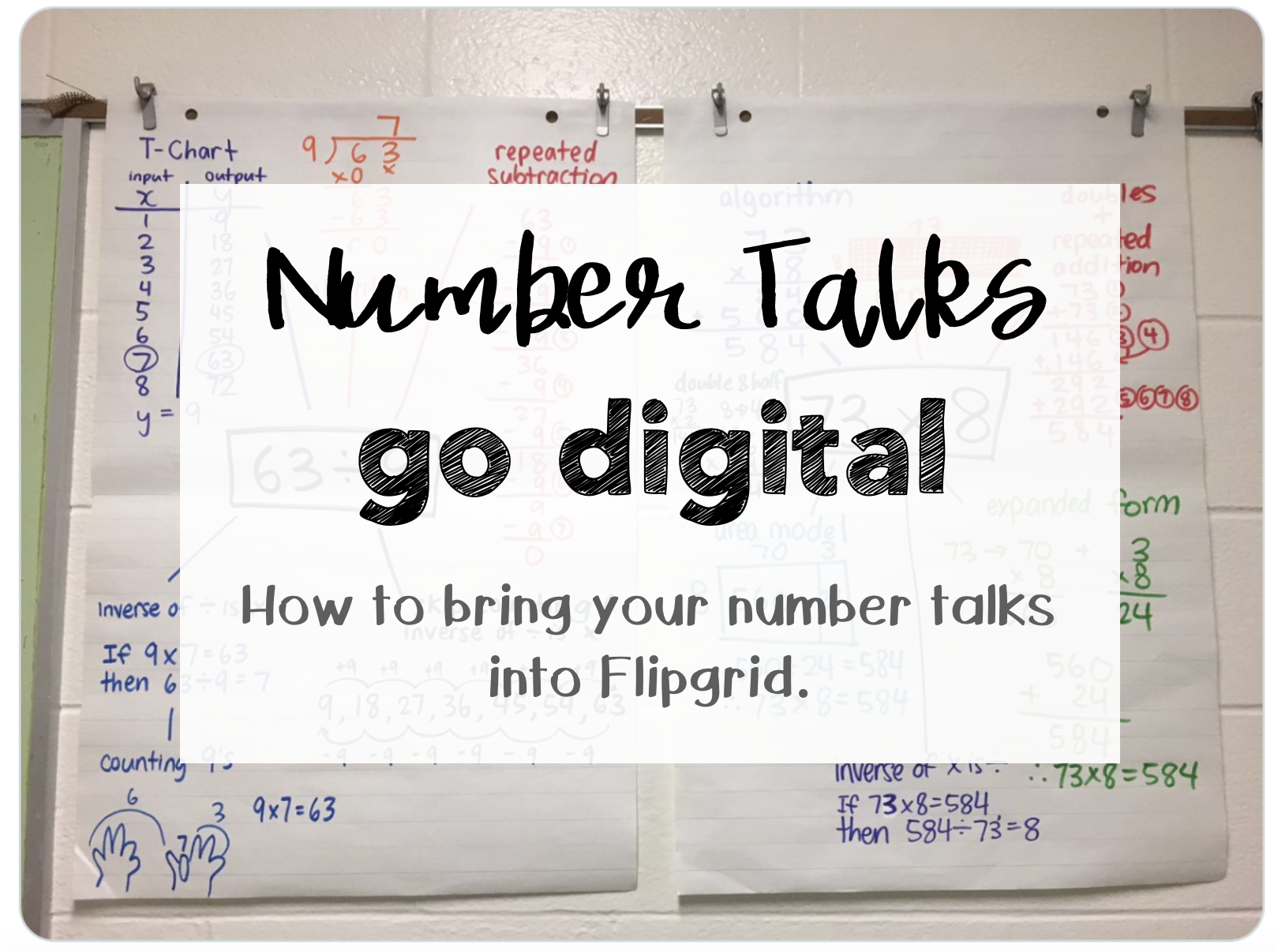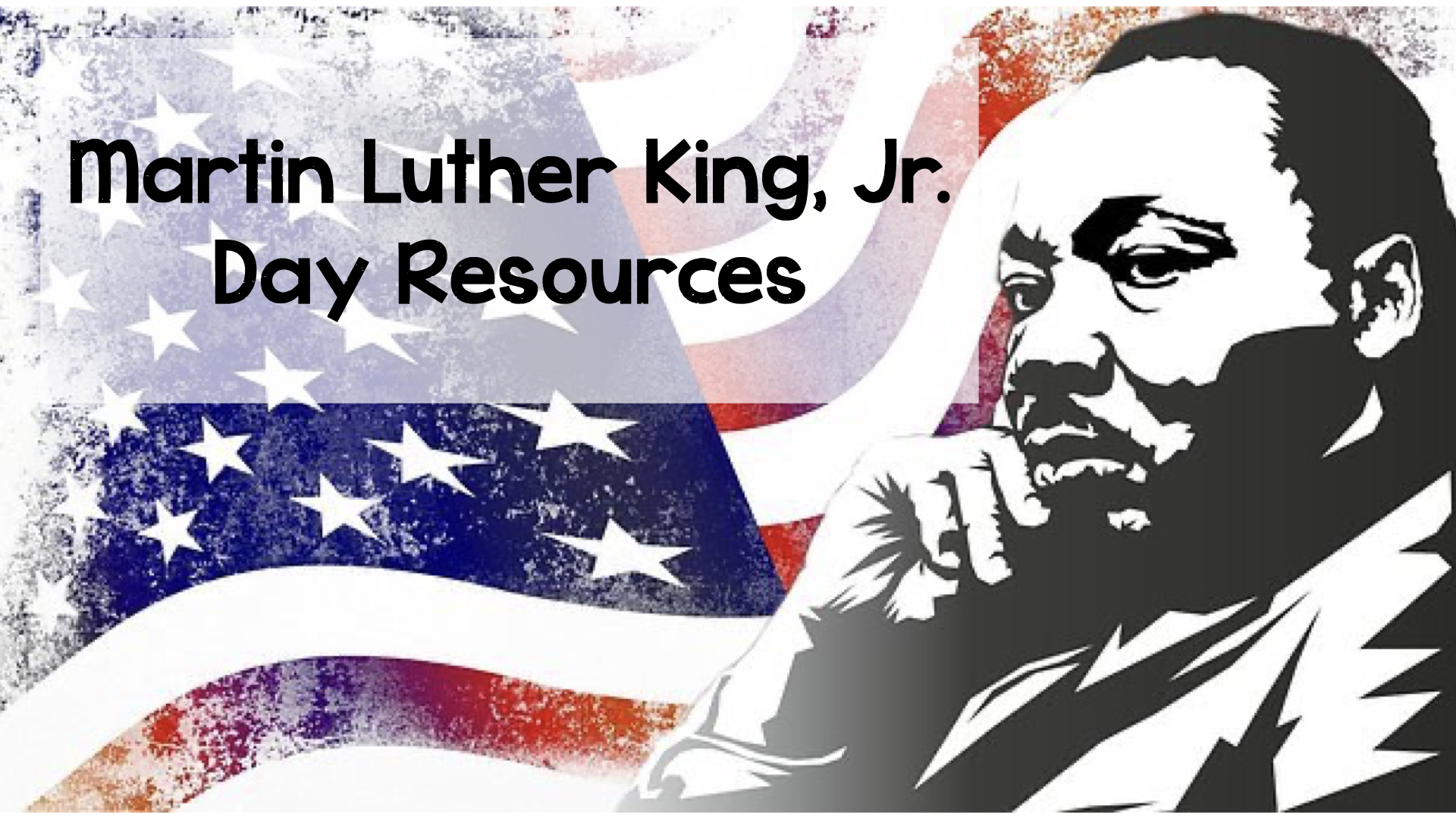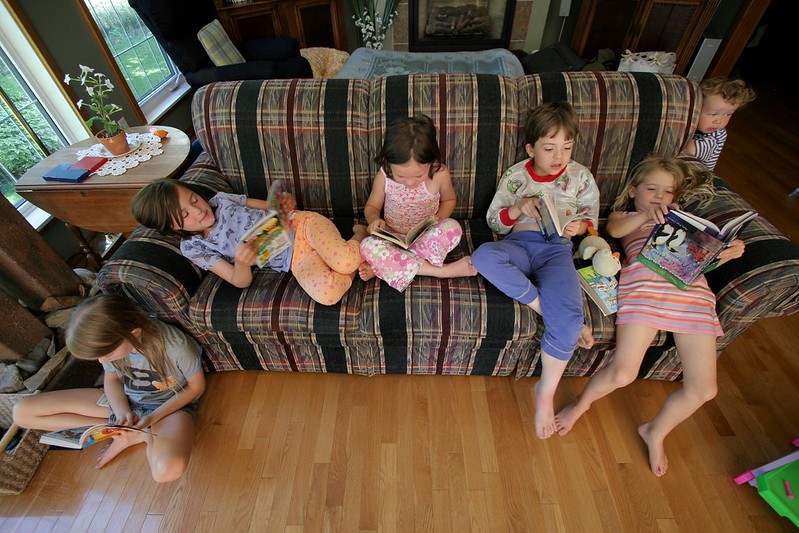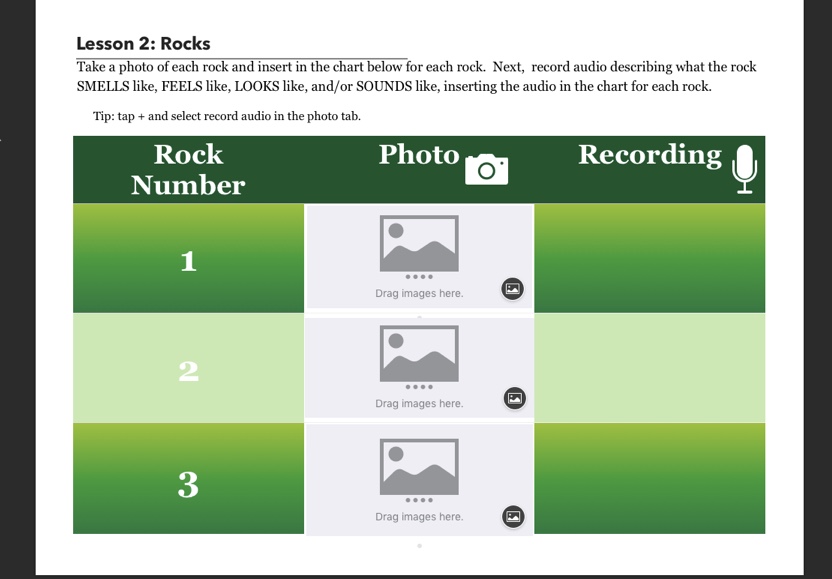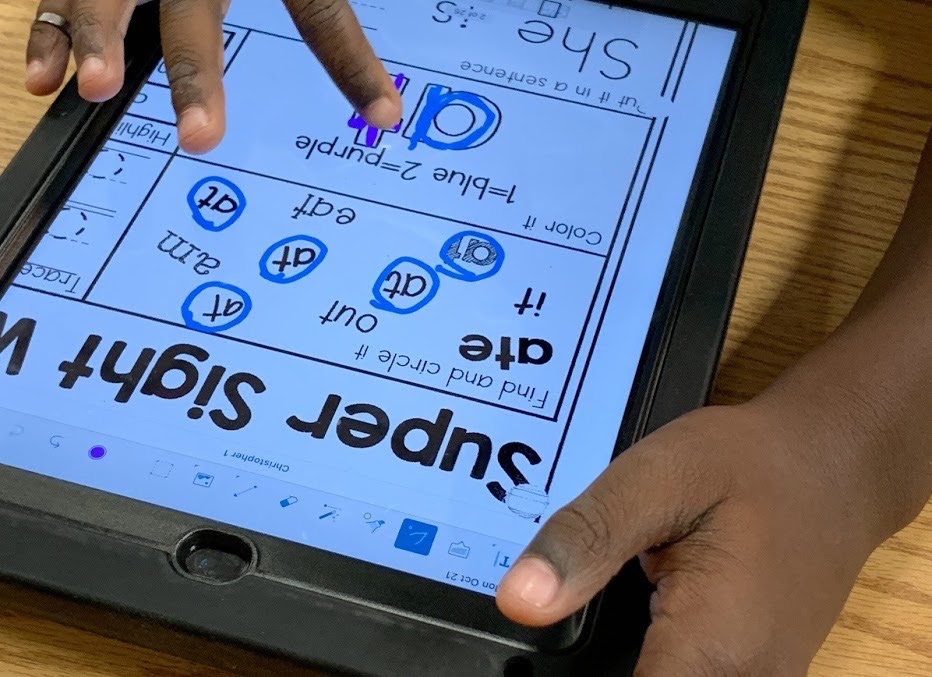Content Area
Flipgrid Fever with Digital Number Talks
I don’t necessarily love everything about teaching math. But I DO love number talks. What are number talks? Number talks were created to help teachers engage with students in mental math. Number talks can be a way to help students make sense of mathematics, develop computation strategies, communicate about math, and work on reasoning skills. They are a short, 10ish minute, math conversation aimed at building number sense. Students are generally seated together away from any math tools. Students are presented with a problem, are given tink time, then share out methods on how they mentally solved the problem. Your...
I Do Solemnly Swear: Inauguration Day 2021
Struggling with how to teach the inauguration in your classroom? Below you will find lessons, read alouds, primary sources, and seesaw activities to help students better understand this day in history. Read Alouds Utilizing picture books can be a great way to introduce challenging topics for students. Below you will find two different book lists, and also two different picture books that are read aloud on YouTube with corresponding lesson plans you could use and adapt to fit your needs. This list of books for election day includes stories that are applicable for Inauguration Day. Senate.gov has curated a list of...
Being a Champion for Equality, Justice, and Peace
Looking to celebrate MLK Jr day in your classroom, but not sure where to start? Find resources here.
Supporting Independent Reading with Book Talks
Holding kids accountable for their reading at home (or even in class) is always a challenge. Kids are getting better and better at “fake reading” and are often unfocused. Even having parents sign a piece of paper saying their child read for 20 minutes is unreliable. Having children record themselves talking about their reading can be a new way of holding kids accountable for their reading. Book Talks Using the Camera It’s important to make sure the book or passage your student intends to read is at their independent reading level. This especially true given that we’re all working at...
Using Seesaw as a Daily Journal
I assign a discussion questions daily for my students to answer in our “morning work” time before specials. The purpose is to get students writing, first thing in the morning, about different topics. I have gradually increased and expanded the expectations as we get further into the year, layering different skills as we go. Make sure you have capital letters and ending marks. Make sure to have at least 4 sentences Make sure to restate the question Add transitional words Add a conclusion By expanding the required elements slowly, I am able to help students improve each individual component rather than overwhelming...
Using Pages Templates with Elementary Students
We wanted to eliminate using multiple worksheets and add depth of knowledge to science and social studies assignments this year. Making templates in Pages is easy to do, so we took content and created templates for each activity that we could use with students in class. Why Use Templates in Pages? Interactive templates allow more opportunities for students to engage with the task. Students can be creative by adding photos, sounds, or even videos. Students are able to expand on ideas by linking websites found in research, linking to different areas of a longer document (ie, an interactive table of contents),...
Sight Word Independent Practice with the iPad
Meaningful small group instruction time is a precious commodity in our classrooms. We turned sight word practice into an independent activity to reclaim some back. Using Seesaw, you can create activities that allow students to record their sight word practice. This means you are free to move around the room and help targeted students while still being able to go back and listen to every student practice. Here are some time-saving solutions for you! Provide Examples We created a digital/auditory sight word book in Book Creator or Keynote that allows students to hear the words they are learning. Each page...
eLearning Activity Ideas
Our first eLearning day is coming up on September 30th (remember, this is secondary only). To help you get ready, the Technology Ambassadors worked hard to get a huge document of samples put together. You can use an activity as-is or modify the idea for your class. Remember, these aren’t prescriptive. They’re meant to be samples of how to prepare an activity that is active and available offline. Each sample has links to helpdesk articles and other helpful resources to help get you prepared. If you have questions, reach out to one of your building Ambassadors or contact the Instructional...
Book Review: Flashcards in Keynote
If you’re looking for new (or additional) ways to help students learn and use content vocabulary, we’re recommending Jeanne Halderson’s Teaching Vocabulary: Using Keynote to Create Flash-y Cards available for free in the Books app. Learning Language Regardless of grade level, the language of new content can be complex and can become a barrier to learning. Teaching students terminology is important as they rework their schemas for understanding. Exposure to, practice with, and demonstration of understanding new words can also help you determine their depth of understanding in assessment. There are a number of valid and equally effective techniques for...
Going paperless with ReadWorks!
As many elementary teachers would agree, ReadWorks.org is an awesome resource. I never thought that it could get much better, but it has! ReadWorks has now gone digital! Using the new website http://digital.readworks.org/ you can use all of the great articles and quizzes only not worry about the grading and copies because the grading will be done for you. You do have to set up a new username and password, if you already have an account with them, you can use the same information, just sign up as a first time user the first time 🙂 I used this resource for the...
